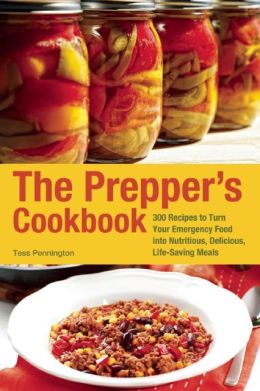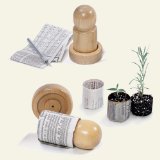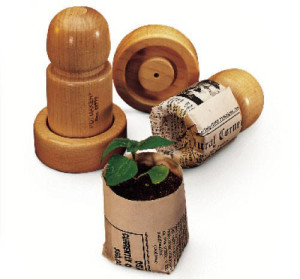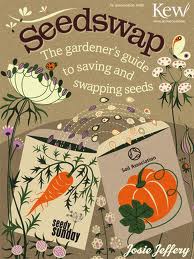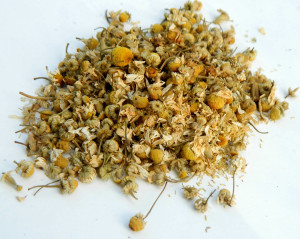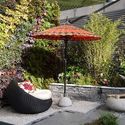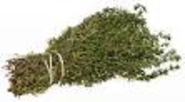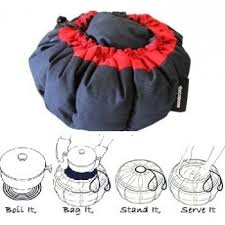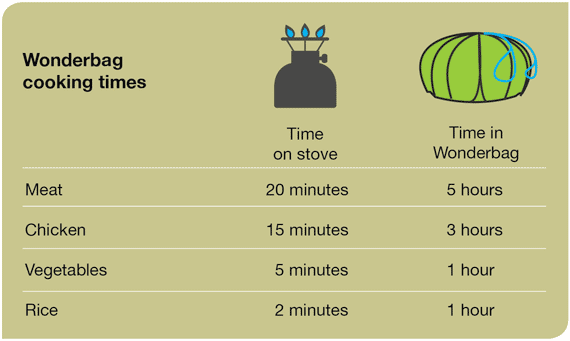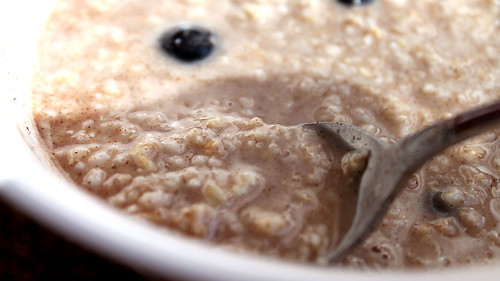Rice in Your Prepper Pantry…
When someone says, “You should stockpile rice in your Prepper pantry”, what comes immediately to mind? White rice…Brown Rice…Wild Rice? Do you have any idea how much you need? How to store the rice? How long rice will last in storage? Let me try to clear up some questions, and get you set to store rice
What are the main types of rice?-
White Rice and Brown Rice both come in these Different Types-
Long Grain– Is longer than wide, and cooks up firm.
Medium Grain– Is still longer than wide, but is sticky when it is cooked. This is the rice seen most often in American kitchens.
Short Grain– This short rice is sticky, and is often used as sushi rice.
Jasmine Rice– Long grained rice from Thailand. This rice has a nutty flavor, and cooks up firm, not sticky.
Basmati Rice– Long grained aged rice from India. Like Jasmine rice, it cooks up firm, and has a nutty flavor.
Arborio– (white rice) A short grained Italian rice that cooks up firm and starchy; it is used in risotto and rice pudding.
Wild Rice– Wild Rice is a species of Grass that is only loosely related to White and Brown rice.
What is the difference between Brown Rice and White Rice?
Brown Rice is brown because it still has the Bran in it. It also contains the germ. The germ contains polyunsaturated fat that is easily oxidized causing it to go rancid in under a year.
White Rice is rice that has had the germ and the bran polished away. Because there are no fats, white rice can be stored for long periods of time.
What is the best Rice to store for Long Term?
While I prefer the flavor and nutrient value of Brown Rice, it contains oils that go rancid quickly, and won’t work for long term storage. It can, however, be stored under certain conditions for up to two years.
On the other hand, White Rice, if stored properly is fantastic for long term storage.
There are different opinions on Wild Rice. Some say they have eaten Wild Rice that was stored for up to 8 years without noticing any difference in flavor or texture. On the package, it says to eat the wild rice in under a year.
What does that mean nutritionally?
Brown Rice contains niacin, magnesium, thiamin, iron, zinc, protein and fiber.
White Rice contains niacin, magnesium, thiamin and iron.
When you remove the bran and the germ, from Brown rice you are left with the endosperm, essentially, a starch. Don’t panic. Our bodies require starch. We need glucose from it for energy. Eating white rice will not make us fat and lazy; it means that you are giving your body fuel to perform. If you combine white rice with vegetables or beans, you will end up eating enough fiber to counteract the starchiness of rice.
White Rice is a major food source for almost HALF of the world’s population. It is a complex carbohydrate the gives us valuable nutrients. Besides that, is non-allergenic, easy to digest, and gluten free. This makes it a perfect “first solid food” for babies. Rice mixes well with other foods like beans and vegetables to round out meals and fill hungry stomachs.



 I’d like to clear up a few things about fruit trees that may be very important to any Homesteaders or
I’d like to clear up a few things about fruit trees that may be very important to any Homesteaders or 

